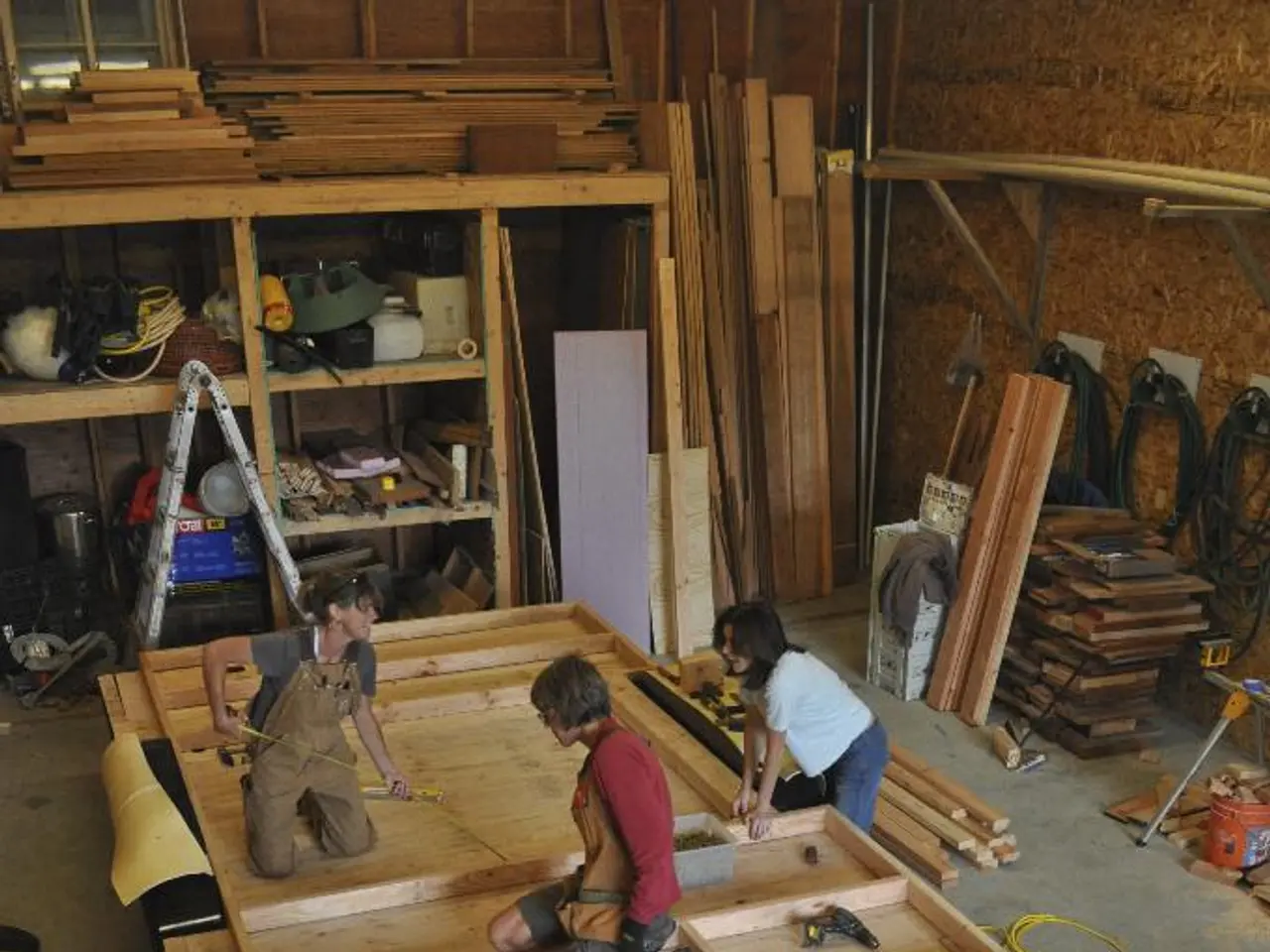Businesses in the trade sector are seeking to fill apprenticeship positions they have available. - Key Aspects of Instruction:
In Lower Saxony, the craft industry is experiencing a significant shortage of young talent, with over 3,500 interested applicants missing out on training opportunities due to unfilled apprenticeship positions. This gap presents a unique opportunity for both businesses and young people to connect and fill these vacancies.
Detlef Bade, deputy chairman of the Lower Saxony Chamber of Crafts (LHN), emphasizes the importance of craftsmanship in creating housing, infrastructure, and contributing to climate protection and local supply. Many craft businesses in the region are currently facing this challenge, with a high demand for their services and a robust economic situation.
According to a survey of over 800 training craft businesses by the LHN in Hannover, around one in four will not be able to fill all their apprenticeship spots this year. This shortage is a concern, as the surveyed businesses rate their overall economic situation as "very robust".
To attract young talent, craft businesses in Lower Saxony are adapting to modern expectations. They are promoting modern work environments, meaningful work-life balance, and structured, digitally supported training programs. Partnerships with schools, flexible apprenticeship models, and internal company cultures that value openness and appreciation are key strategies.
Companies in the region are addressing the increasing importance of work-life balance by promoting structured "trainee journeys" and digital learning platforms. These initiatives modernize apprenticeship experiences, reducing rigid, traditional formats. By forming close collaborations with schools, they also aim to raise awareness and attract interested youth directly.
Modern work environments are supported through digital tools and sustainability projects, which appeal to young apprentices looking for innovative and responsible workplaces. The classic craft apprenticeship model, which historically lasted seven years, has become more flexible and less dominated by old guild systems, accommodating modern expectations and lifestyles better.
In summary, Lower Saxony craft businesses are adapting to young people's expectations by offering apprenticeships framed within a culture of transparency, digital learning, school partnerships, and sustainability efforts. These factors contribute to more attractive, modern work environments aligned with work-life balance priorities. The hope is that by addressing these concerns, the industry can attract the young talent it needs to continue thriving in Lower Saxony.
- The community policy in Lower Saxony should consider implementing strategies to encourage finance for vocational training programs in the craft industry, ensuring that businesses can afford to provide opportunities for young people in education-and-self-development, thereby filling the growing gap in apprenticeship positions.
- To drive business success and provide vocational training for the youth, craft businesses in Lower Saxony could explore partnerships with educational institutions and financial institutions, shifting their focus towards a more robust education-and-self-development model, which balances practical experience with theoretical knowledge, thus preparing young people for the modern job market.




